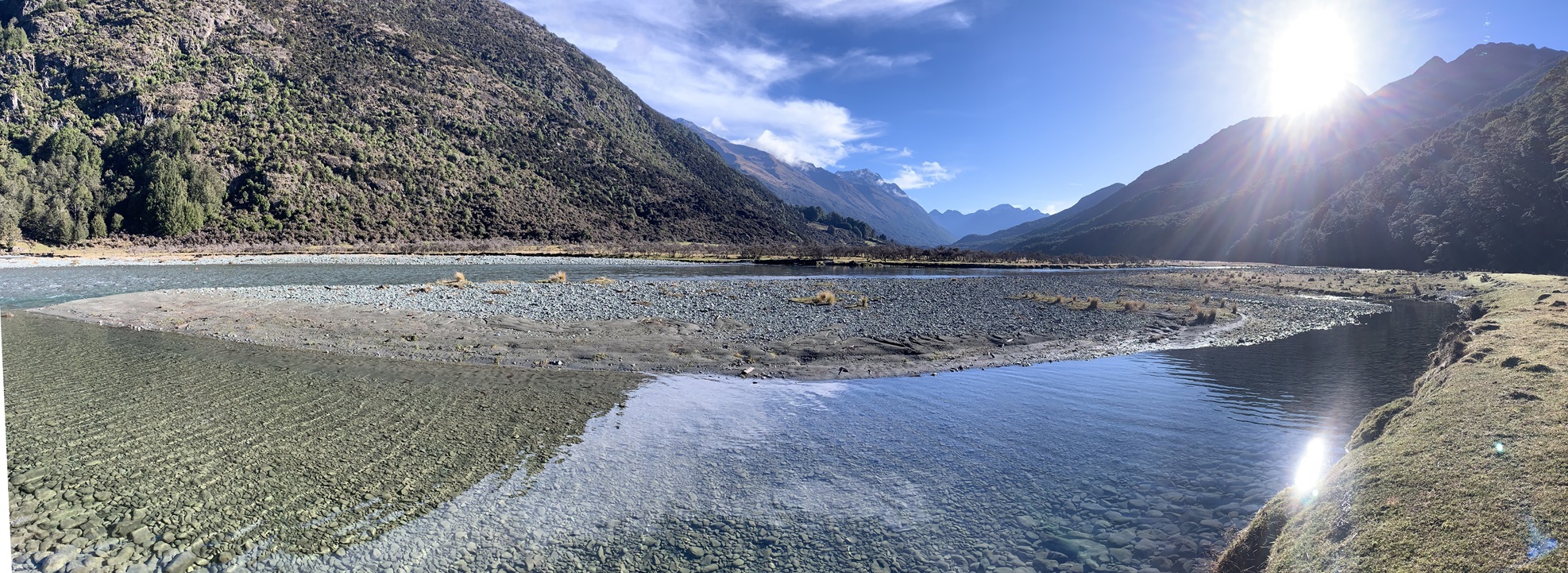
Department of Conservation researcher Stephen Bowler, 30, drowned on November 22 during a three-day trip in the Greenstone and Caples valleys, near Lake Wakatipu.
In her findings, coroner Heather McKenzie said Mr Bowler was an experienced tramper and pack rafter who had been on the river earlier that year.

About 1.30pm, Mr Bowler was in the front raft when he entered a gorge about 1.5km upstream of Mid Caples Hut.
His friends got out of the river before the 350m-long gorge, in order to walk around it.
Ms Mitchell described Mr Bowler making a "clear forward paddle stroke and was clearly not trying to get away from the gorge".
Mr Ward, who told police he "couldn’t believe" his friend had entered the gorge, looked down from the river bank a few minutes later to see a jacket in the water.
He ran around the gorge and back upstream to see Mr Bowler lying face down in the water against a rocky bank.
As he waded towards him, he pushed aside Mr Bowler’s raft, which was full of water.
By that point, he estimated his friend had been face down in the water for between five and 10 minutes.
After he and Ms Mitchell pulled Mr Bowler to an island about 100m downstream, they set off a personal locator beacon.
A helicopter and police arrived at the scene, but Mr Bowler could not be revived.
Ms McKenzie said the trio had planned to not raft some sections of the river, including the gorge in question, because they were aware of their difficulty.
Mr Bowler had experienced issues with water getting into his raft earlier in the day because he did not have a spray skirt.
However, pack rafting guide Huw Miles told police he did not think that was an issue because Mr Bowler had got into difficulty near the beginning of the gorge, before his raft had filled with water.
The Caples, which would have been running higher than usual because of overnight rain, was classified as mainly grade 2, or novice, Mr Miles said.
The river’s gorges had drops and rapids that appeared to be grade 3 or 4, or intermediate or advanced, but he could not be certain about those sections because there was "nobody known to the community who has paddled it".
A pathologist concluded Mr Bowler drowned after becoming unconscious as a result of arrhythmia — an irregular heartbeat — as a result of a congenital heart defect.
The arrhythmia could have been triggered by an increase in blood pressure caused by the stress of entering a dangerous stretch of river .
Ms McKenzie said she could not make a specific finding about why Mr Bowler got into difficulty.
His equipment was "generally fit for purpose", but he might have been rafting beyond his experience and ability.
His raft may have been swamped by a wave or caught in an obstruction, or entering the dangerous stretch of water could have triggered the life-threatening arrhythmia.
Pack rafts are lightweight, inflatable plastic boats for one or two people that can be packed up and easily carried.








